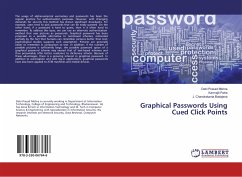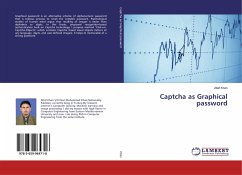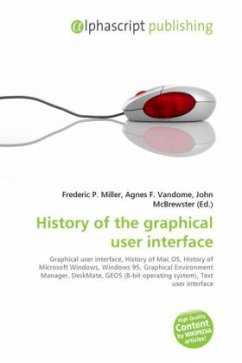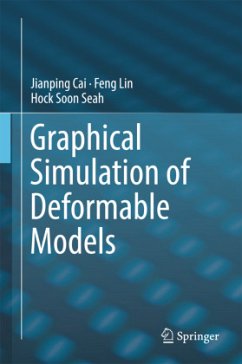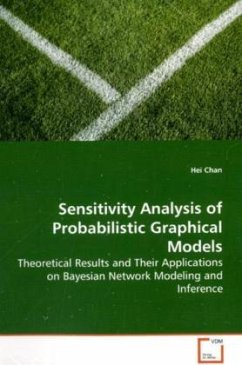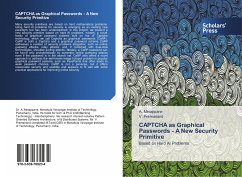
Graphical User Authentication (GUA)
Graphical Password Algorithms and Analysis
Versandkostenfrei!
Versandfertig in 6-10 Tagen
32,99 €
inkl. MwSt.

PAYBACK Punkte
16 °P sammeln!
It is now beyond any doubt that USER AUTHENTICATION is the most critical element in the field of Information Security. To date, Text Based Password Authentication (TBPA) has shown some difficulties that users have tended to write passwords down manually or save them on hard disc. This tendency is caused by the passwords being strong and thus difficult to memorize in most cases. This has inadvertently given rise to security issues pertaining to attack. Graphical User Authentication (GUA) has two symbiotic pillars as its foundation: USABILITY & SECURITY. The macro-concept of GUA is based on the ...
It is now beyond any doubt that USER AUTHENTICATION is the most critical element in the field of Information Security. To date, Text Based Password Authentication (TBPA) has shown some difficulties that users have tended to write passwords down manually or save them on hard disc. This tendency is caused by the passwords being strong and thus difficult to memorize in most cases. This has inadvertently given rise to security issues pertaining to attack. Graphical User Authentication (GUA) has two symbiotic pillars as its foundation: USABILITY & SECURITY. The macro-concept of GUA is based on the human psychological factor that is images are more readily committed to memory than would TBPA's. All GUA algorithms are made up of both usability and security aspects. This book tries to find and explain GUA algorithms from 1996 till 2010 and define the evaluation features of GUA algorithms based on standards. Finally the GUA algorithms will be evaluated by these evaluation methods.



